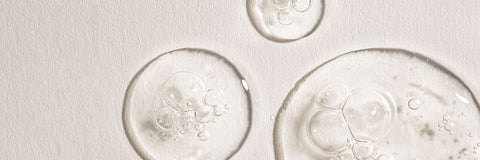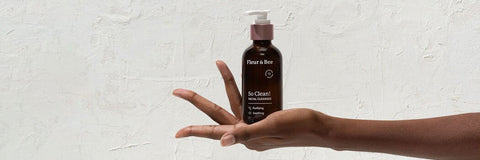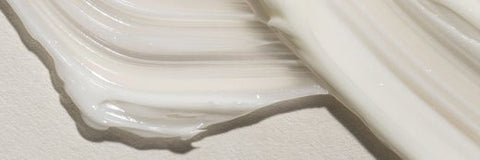Butylene glycol for skin is used in just about any kind of skin care or beauty product you can imagine, which is why it’s important to understand what it is and what it does. It performs a myriad of functions from acting as a humectant to giving products a uniform consistency, making it an important ingredient in skincare.
Often used as a replacement for propylene glycol (which we’ll discuss below), butylene glycol is thought to be less potentially irritating and just as effective. Because of its gentle nature and its incredible ability to hydrate the skin, it’s perfect for a number of skin types from dry to super sensitive--another reason it has incredible versatility.
IN A NUTSHELL
Ingredient Category: Humectant, emollient, solvent, stabilizer
Main Benefit: As both a humectant and an emollient, butylene glycol is excellent for hydrating the skin both by pulling up moisture from the skin and by adding moisture topically.
Find It In: One Lip Wonder Lip Treatment.
What is Butylene Glycol?
Butylene glycol or 1,3-Butanediol, is an organic compound that is classified as a diol (an alcohol containing two hydroxyl groups in its molecule). A colorless, water-soluble liquid, it contains four carbon atoms and two (OH) alcohol groups. Its official formula is CH3CH(OH)CH2CH2OH.
Butylene Glycol Skin Benefits
As we mentioned above, butylene glycol has many benefits for the skin. Among them is the fact that butylene glycol is both a humectant and an emollient. Why is this so important? Well, humectants literally draw hydration right to the top layer of the skin, making it look dewy and refreshed. As a humectant, butylene glycol helps keep skin moisturized, hydrated, and looking its youngest. In addition to drawing hydration to the skin’s top layer, it also moisturizes it topically. That’s a major reason it’s used in hydrating products like lip treatments and moisturizers. Because of its ability to direct moisture to the skin from both internal and external directions, it’s an incredibly effective anti-aging ingredient. For all the above reasons, you will find butylene glycol in our One Lip Wonder lip treatment.
Another benefit of butylene glycol is that it’s also a solvent. As a solvent, it helps other ingredients break down when put in water. Without a solvent, your beauty products would have the consistency of undercooked oatmeal– clumpy, lumpy and pretty much impossible to use. Additionally, butylene glycol helps stabilize and thicken other ingredients.
Because of its non-irritating properties, butylene glycol is great for all skin types, including sensitive skin types. It is now derived synthetically and is completely vegan!
How To Use Butylene Glycol
Check the back of your skin care and even your hair care, and you’ll most likely find that butylene glycol is listed as an ingredient in many of them. As both a hydrating ingredient and one that keeps products stable, it’s used in a large variety of products including shampoo, conditioner, face masks, moisturizers, cleansers, sunscreens, serums, lip treatments, and all kinds of other skin care products. No need to add it to any product, as it may already be included.
If you happen to be a skin care DIY’er, consider it as a stabilizer for your products.
Butylene Glycol vs. Propylene Glycol: What’s the difference and which one is better?
If you’re a skin care follower, you’ve probably heard about propylene glycol and wondered what the difference is between it and butylene glycol. While both are petroleum products (& completely safe to use), are colorless, and do pretty much the same thing, propylene glycol is considered to be more likely to irritate skin than butylene glycol. Because of that, butylene glycol is often used as a substitute for propylene glycol in skin care.
You also might have heard that butylene glycol is used in antifreeze and is therefore dangerous. While it is used in antifreeze, it is not dangerous to use on the skin. Like a lot of people, you may be getting butylene glycol mixed up with another glycol: ethylene glycol, which is dangerous to the skin and which is also used in antifreeze.
Not convinced? Consider this: the Environmental Working Group, otherwise known as the EWG, has classified butylene glycol on its “Danger Scale” as a “1,” meaning it has their lowest possible danger rating.
We hope this helps clarify what butylene glycol is--and what it isn’t. For an ingredient most people don’t know much about, this triple threat performs an amazing number of tasks.





